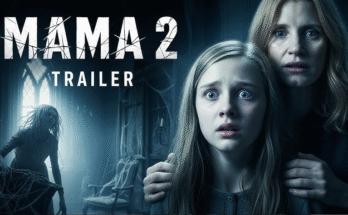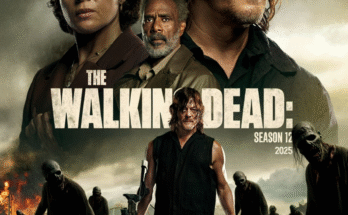Over thirty years after its original triumph, Dances with Wolves: Return to the Plains marks a return not just to story — but to soul. Directed once again by Kevin Costner, this long-awaited sequel is a sweeping, meditative odyssey that feels less like a continuation and more like a homecoming — to land, spirit, and the quiet ache of history repeating itself.
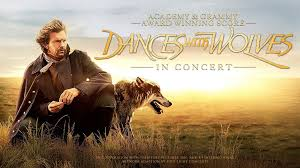
The film opens on an image that could be carved from memory: endless plains beneath a bruised sky, the faint cry of an eagle, and a man silhouetted against the horizon. John Dunbar (Kevin Costner), older, slower, but unbroken, lives in solitude far from the wars of men. Yet when word reaches him that the Great Plains — once the cradle of his rebirth — are under siege by railroads and greed, he feels the call of the wild once more.
Irene Bedard returns as Stands with a Fist, her strength deepened by loss and wisdom. Her relationship with Dunbar carries the serenity of shared survival — a love not of possession, but of recognition. Their scenes together radiate quiet intimacy, conversations carried more by glances than words.
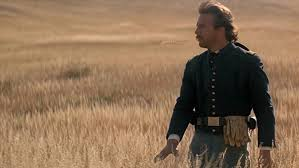
Wes Studi commands the screen as Iron Hawk, a Lakota elder whose defiance burns even brighter with age. His performance is raw and regal, his presence grounding the film in authenticity and power. He is not a side character; he is the heartbeat of the land itself — proud, weary, unyielding.
Sam Worthington joins the cast as Elias Boone, a Union veteran turned industrialist whose admiration for Dunbar slowly turns to reckoning. Boone’s complexity elevates him beyond villainy — he is the embodiment of progress without conscience, of civilization consuming its own heart. His arc mirrors the film’s central tension: what must die for the world to move forward, and what must endure.
Costner directs with patience and poetry, letting silence tell as much as speech. The cinematography by John Toll (Legends of the Fall) is a visual hymn — golden fields bending under stormlight, herds of bison thundering through mist, rivers reflecting both peace and prophecy. Every shot breathes reverence for the earth.

The film’s soundscape is haunting — wind sweeping through tall grass, drums pulsing in the distance, and a score by Thomas Newman that blends orchestral grandeur with indigenous instruments. The music doesn’t overwhelm; it listens.
Return to the Plains is not a story of action, but of awakening. It asks what remains sacred when all else is claimed, and whether a man who once found peace in another world can still belong when that world begins to vanish. Dunbar’s journey is one of reckoning — with time, with faith, and with himself.
In one unforgettable scene, Dunbar and Iron Hawk stand atop a ridge at sunset. Dunbar says softly, “I thought I came here to save something.” Iron Hawk replies, “You came to remember it.” The silence that follows says more than dialogue ever could.
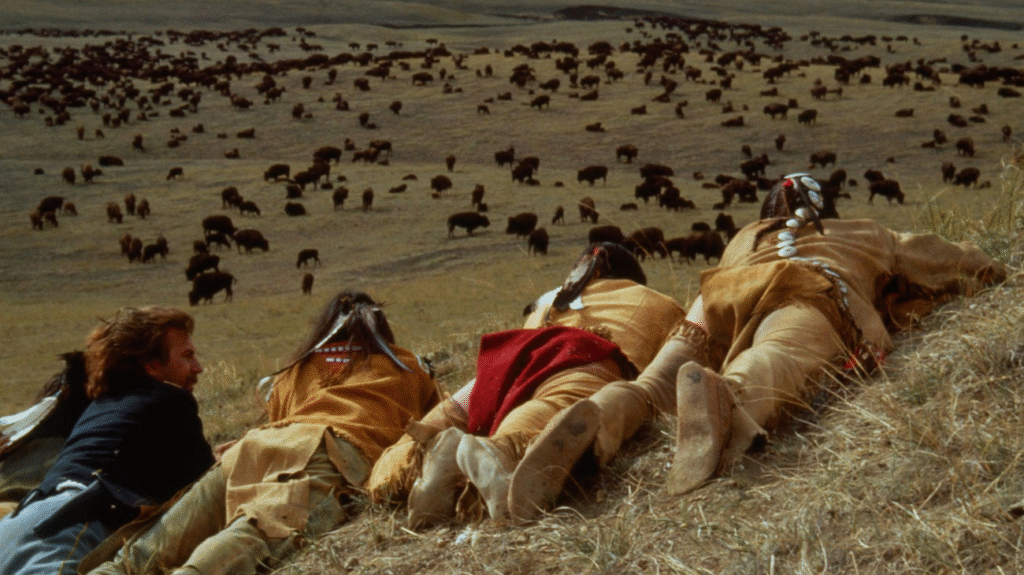
By its final act, the film transcends nostalgia and becomes elegy. The wolves return — not as symbols, but as memory incarnate. The plains burn, then heal, as Dunbar rides one last time into the rising dawn — not a hero, not a ghost, but a man who finally understands that home is not a place, but a promise.
💬 Film Verdict:
⭐ ★★★★★ (10/10) — Majestic, mournful, and deeply human, “Dances with Wolves: Return to the Plains” is a spiritual epic for a modern age — a film about the land that shaped us, and the souls who still hear it call. Costner’s return is triumphant; the wolves still run, and their song is eternal. 🐺🌅


